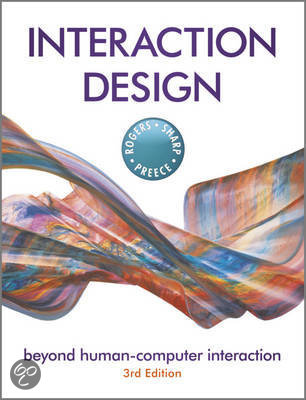Summary
Human-Centered Design: All Literature Summary (Week 1 - Week 8)
- Course
- Institution
- Book
This file contains a complete summary of all literature for the course Human-centered Design. It contains information along with examples and illustrations. The bold-blue words are important variables to remember for the exam.
[Show more]




